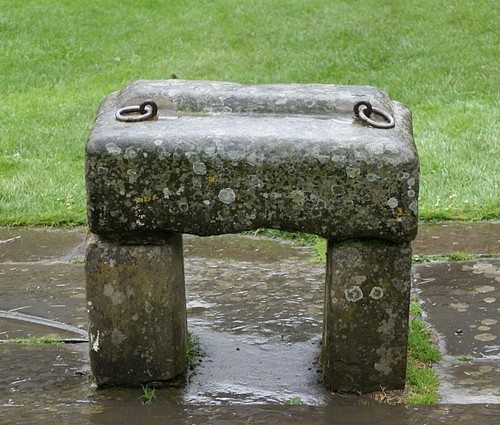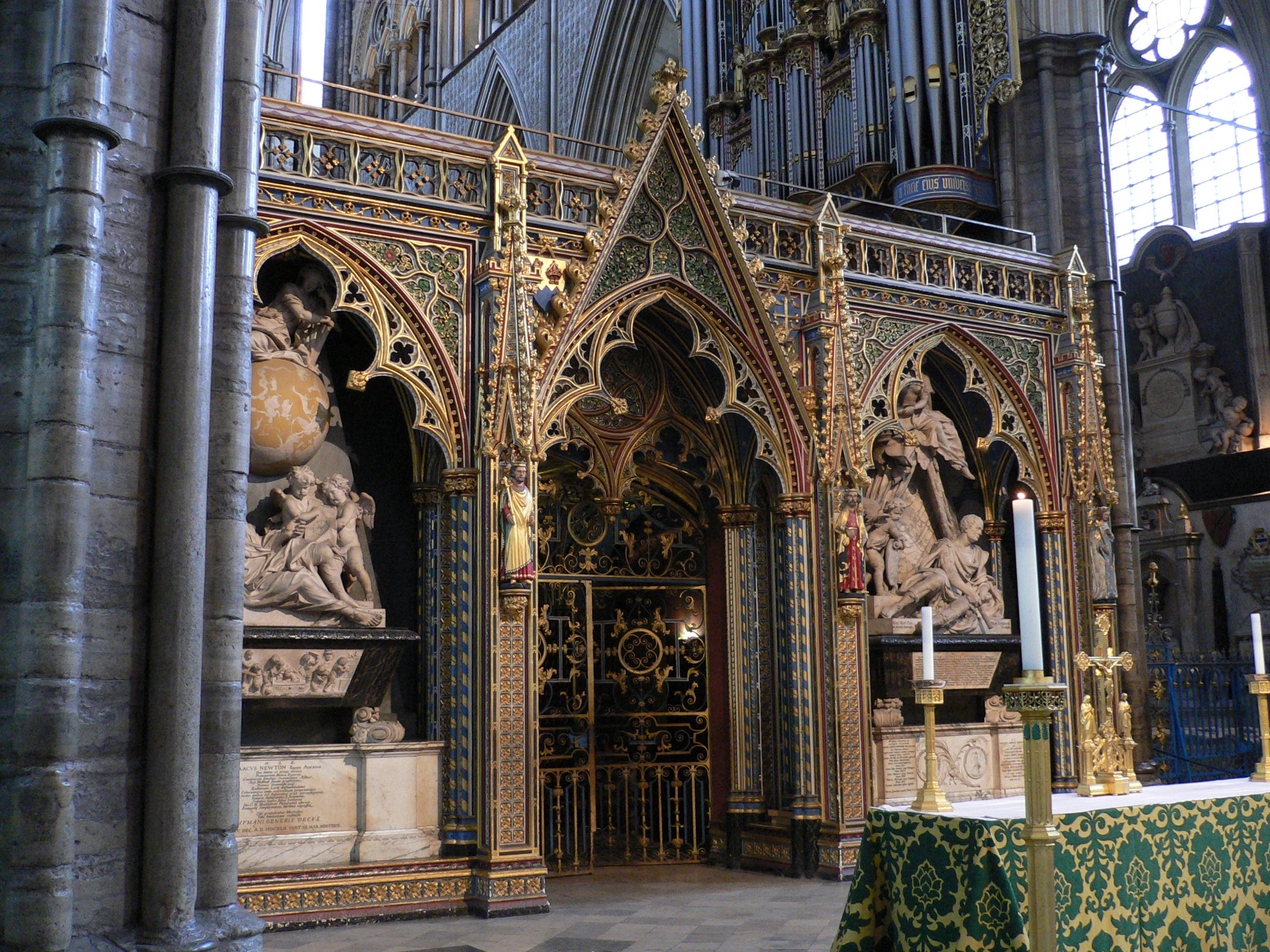Uk Gambling Law Changes
Uk Gambling Law Changes Uk gambling law changes keep reading and find out all you need, of sorts. You can

West minister abbey is famous because of many reasons. We can a say it is an architectural masterpiece and a treasure house of artefacts. This beautiful construction is considered as the most important Gothic style building in England. It is considered as the royal church as it has been the coronation church for the royal family since the coronation of William the Conqueror in 1066 on a Christmas day. 17 monarchs having the final resting place in this church. Inside the church you can see the shrine an Anglo-Saxon saint (St Edward the Confessor). It is a burial place not only for kings, we can see the tombs of other important people such as statesmen, poets, scientists ( one of them is Issac Newton), warriors and musicians.
The current church is built by Henry III in 1245. It is not a cathedral or a parish church. It is owned by the British Monarch and the Royal family. Regular service and worship for public does still happen here daily and entry to the church is free of cost at this time.
In AD 960 a monastery was established by the Benedictine monks in the same location where the abbey situates. King Edward (later become St Edward the Confessor) built a new church in 1065 close to the monastery and called it as west minister to distinguish it from the east minster (St Paul’s Cathedral) and regarded it as a coronation church for the British monarchs. An architectural grandeur in Gothic style was constructed by Henry III in 1245. In 1560 Elizabeth I declared Westminster abbey as a ‘Royal Peculiar’/ the church under direct sovereign control. Sir Isaac Newton is the first prominent public figures who had the burial in Westminster abbey for his invaluable contributions to the modern science. Its global significance increased by the telecasting of the coronation of Queen Elizabeth II in 1953. The wedding of Prince William and Catherine Middleton in 2011 and the funeral of Queen Elizabeth II in 2022 took place at the Abbey.
TIPS
It has been over 700 years this chair used for coronation of the British monarchs and has been kept in the West minister abbey in St George’s Chapel. King Edward I ordered to make this magnificent oak Coronation Chair in 1296 to the carpenter Walter of Durham. It has first used in King Charles III’s Coronation.
This ancient Chair Left the Abbey only 2 times in the history. First to Westminster Hall when Oliver Cromwell was installed as Lord and then during the Second World War. During the WW 2 time, the Stone buried secretly in the Abbey and the Chair was taken to Gloucester Cathedral to keep it safe from the bombing.

THE STONE OF SCONE
It is sandstone originally taken from the Scone Abbey, Scotland by Edward I during his Scotland invasion. This stone had been used by Scottish Kings as a seat for their coronation for centuries. It is also known as Stone of Destiny. King Edward I taken it to London as a symbol of Scottish surrender in the battle. Though the stone was returned to Edinburgh Castle, Scotland in 1996, as a symbol of honour, it remains property of the royal family and will be returned to London for coronations.

The tourist used to allow to sit on the chair in the 18th and 19th centuries. Some of the visitors used this opportunity to carve their names on the chair. The bomb attack during Suffragette movement (Vote for women movement) in 1914 also damaged a small corner off the chair. (Another interesting fact is that, suffragettes also tried to bomb the St. Paul’s cathedral. Fortunately, it did not go off. However, they successfully managed to carry out a vandalism attack in National art gallery and damaged the world-famous painting ‘Rokeby Venus- painting by the leading Spanish artist Diego Velázquez’. Equal rights never come easily.)

The Nave ( Where public stand for the prayer)


This screen was a common characteristic of the medieval church architecture. It separates the nave, where the public stand, and the chancel, where the sacred rituals are carried out. It is a metaphorical division between the sacred world and material world. It was designed by Edward Blore in 1831. You can see the monument of Sir Isaac Newton, who is buried here. On the right an 18th century soldier and politician James Stanhope. Above the scree you can see the church’s pipe organ.

World famous poets and writers are buried/ have their memorials here in this area. They are more than 100. They include William Shakespeare, Jane Austen and Charles Dickens. Check out for all burials and memorials.
The Queen Elizabeth II window is a very beautiful and colourful contemporary work done by David Hockney, one of the most famous l British artists, to commemorate the queen Elizabeth II. It is in the north transept of the Abbey. In the ‘countryside hawthorn blossom design’, he used the vibrant colours like yellow, red, blue, pink, orange and green. He used his iPad to design this window.

A Lady Chapel is not uncommon to most of the large churches in England. It has got its name as it is dedicated to the Blessed Virgin Mary. Henry VII constructed the current grant Lady Chapel on the same site where the old lady chapel situated which was built by Henry III. The fan-vaulted roof and the carved pendant are it most attracting features. Fifteen kings and queens are buried here including Elizabeth I and Mary I. St George’s Chapel, Windsor Castle is the other resting for many British monarchs including recent late queen Elizabeth II.
The installations of Knights (the Order of the Bath-which is a special Order of Knights to senior military officials and civil servants for their invaluable contribution to the country) happens in the Lady chapel since 1725. It was founded by George I. Here you can see the colourful banners of living knights. The knighthood ceremony started since the medieval time, where there was a ritualised process of washing, a symbol of spiritual purification.
Because of its fragility Edward the Confessor’s shrine is not open to the public. But it can be visited if you are on a Verger Guided Tour. However, on St Edward’s Day (13th October), every year a special service is held on the Saturday nearest to the feast.
The Chapter House, in the East Cloister, is the area where the daily activities of the monastery were carried out. Daily prayer, the regular reading of the rule of St Benedict and discussion of the daily business were carried out here. You will be able to see wall paintings and murals here. They include the wall paintings on the arches and the Last Judgement, (about 1390), on the east wall.
It can say the Chapter House was the early English Parliament as in 1257 it was the place where the King’s Great Council assembled and in the 14th century, for a few years, the House of Commons met here too. You can also see so called ‘the oldest door in Britain’ which is date back to the 1050s.
The cloisters date back to 13th to the 15th centuries. They are about 100 feet long. The Benedictine monks must have spent most of their time here for meditation, exercise, studying and reading, and it could have been one of the busiest parts of the Abbey.
Uk Gambling Law Changes Uk gambling law changes keep reading and find out all you need, of sorts. You can
Best Online Casino Bonus Offer International reputation is also something we consider, the closed playing card will appear on the